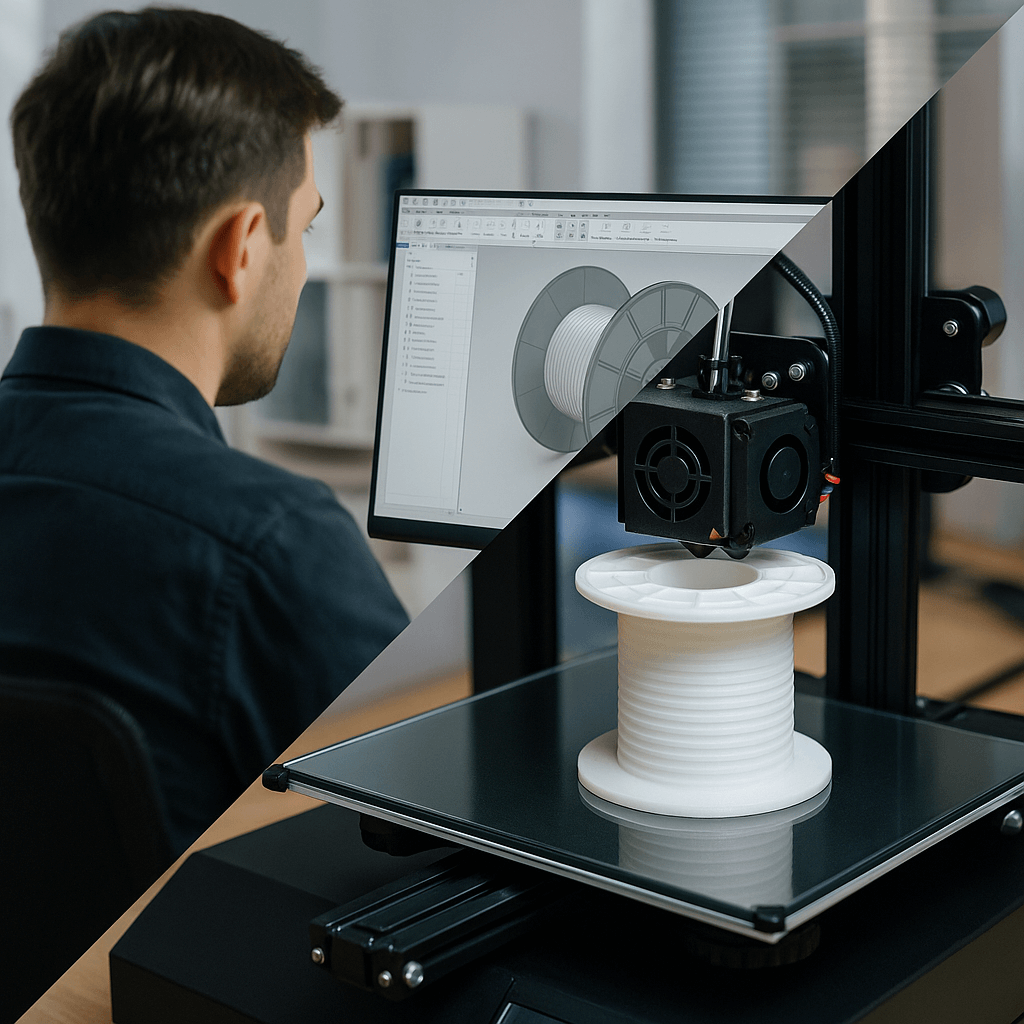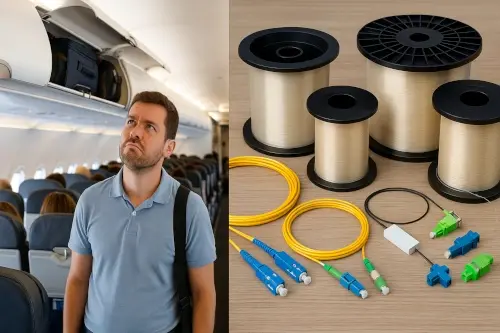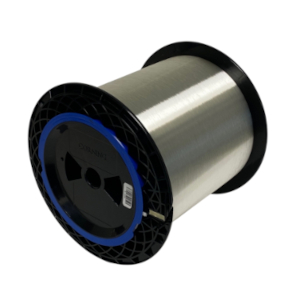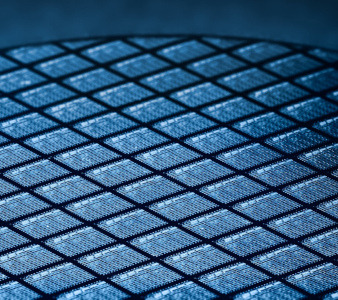To be successful in the fiber optic technology arena, speed is everything, not just in data transmission, but in innovation itself. Network service providers, data centers, and engineering teams face an accelerating race to deploy faster, smarter, and more reliable systems. The challenge isn’t just keeping pace with technology; it’s anticipating what’s next. That’s where agility, collaboration, and leveraging specialized production capabilities become game-changers.
Innovation isn’t just about generating new ideas; it is also about being able to bring these ideas to life quickly. By leveraging additive design, prototyping, and manufacturing capabilities, companies gain a unique advantage: the power to turn complex needs and ideas into working solutions quickly, accurately, and cost-effectively.










